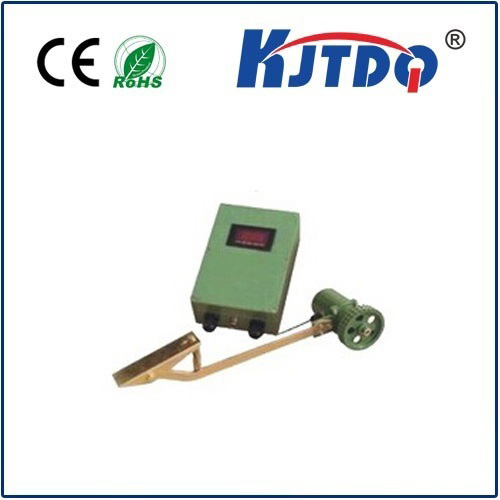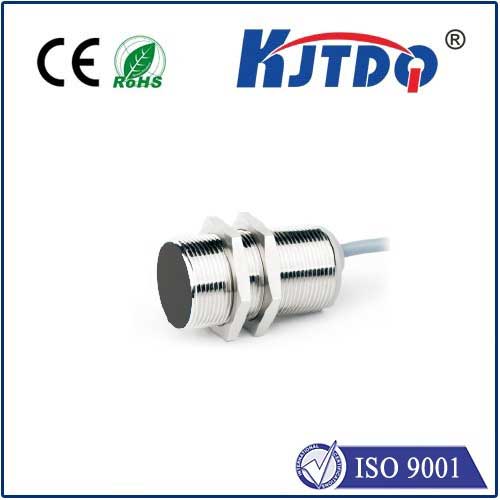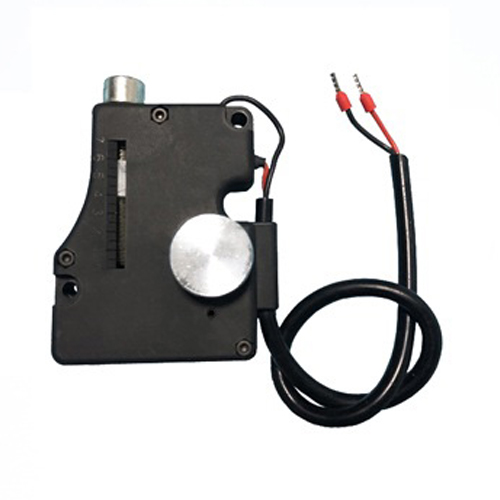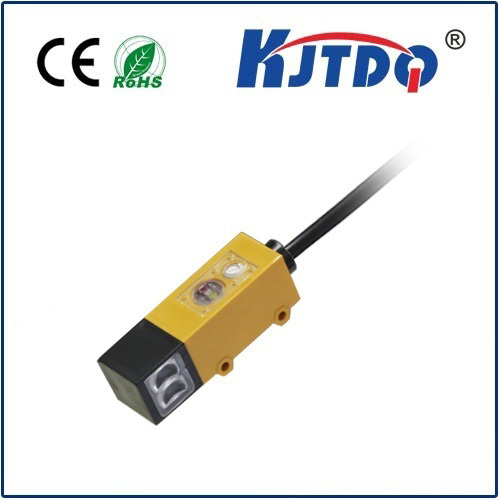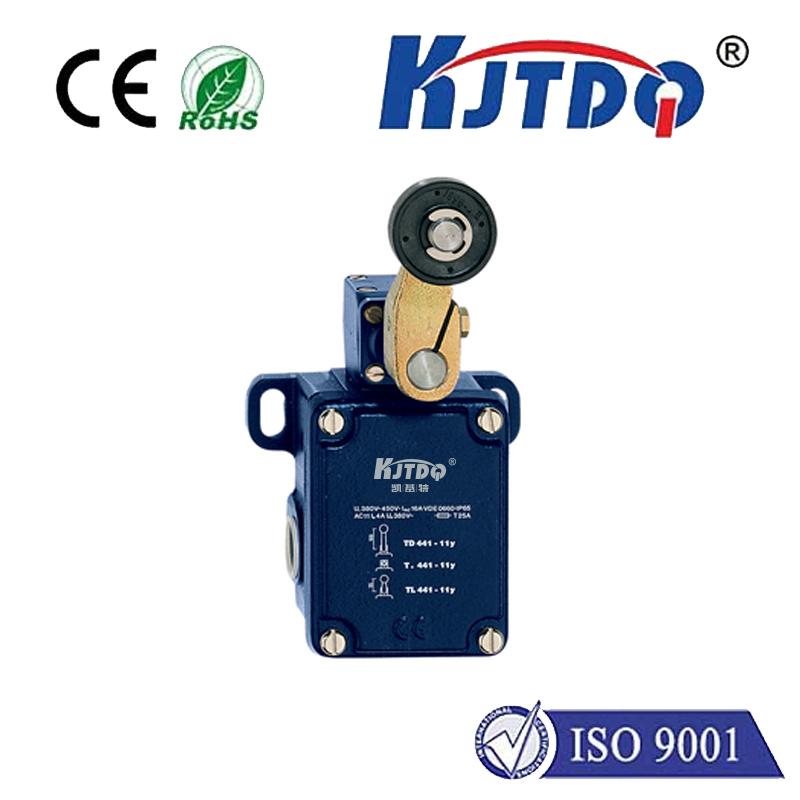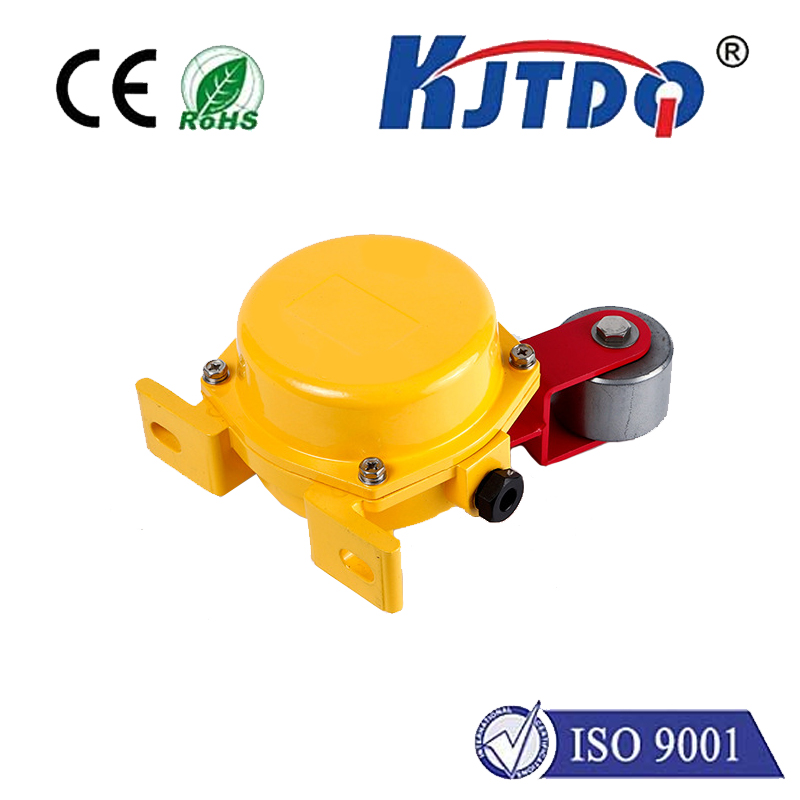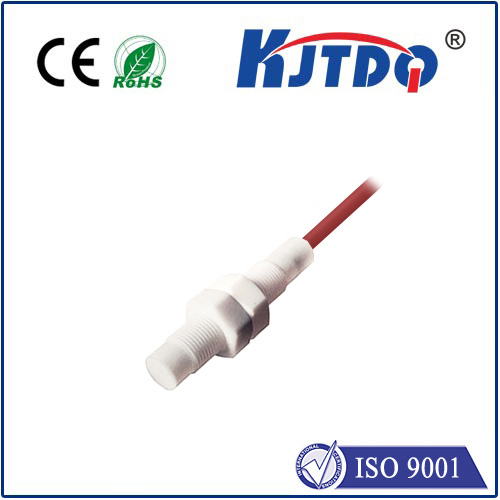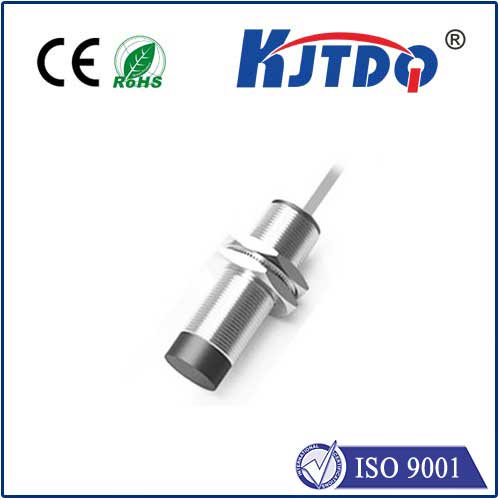

check

check

check

check

check

check

check

check

check

check

Title: The Proximity Photo Sensor: A Revolutionary Device for Modern Technology In today’s fast-paced world, technology is constantly evolving and changing the way we live our lives. One such innovation is the proximity photo sensor, a device that has revolutionized the way we interact with machines and equipment. This article will explore what a proximity photo sensor is, how it works, and its many applications in modern technology. A proximity photo sensor, also known as an optical proximity switch, is a type of sensor that detects the presence of an object without any physical contact. It uses a beam of light to detect the object’s position and distance relative to the sensor. When the object comes within a certain range of the sensor, the light beam is reflected back to the sensor, which then processes this information to determine the object’s location and distance. The proximity photo sensor consists of two main components: the emitter and the detector. The emitter generates a beam of light that is directed towards the object being detected. The detector, on the other hand, receives the reflected light from the object and converts it into an electrical signal. This signal is then analyzed by a microcontroller or other processing unit to determine the object’s position and distance. One of the key advantages of proximity photo sensors is their ability to operate over long distances. Unlike other types of sensors, such as touch or pressure sensors, proximity photo sensors can detect objects from several meters away. This makes them ideal for use in applications where physical contact with the object is not possible or practical. Another advantage of proximity photo sensors is their high level of accuracy. They are able to detect even the slightest movement or vibration, making them ideal for use in precision measurement and control applications. Additionally, they are不受环境因素的影响, such as temperature, humidity, and vibration, which makes them reliable and durable in harsh operating conditions. Proximity photo sensors have a wide range of applications in modern technology. They are commonly used in industrial automation systems to monitor and control machinery and equipment. For example, they can be used to detect when a workpiece has entered or exited a machine, or to measure the thickness of a material being processed. They are also widely used in automotive systems to monitor vehicle speed and engine performance. In conclusion, the proximity photo sensor is a revolutionary device that has transformed the way we interact with technology. Its ability to detect objects without physical contact, combined with its high level of accuracy and reliability, make it an essential component in many modern technologies. As technology continues to advance, we can expect to see even more innovative applications for this remarkable device.
